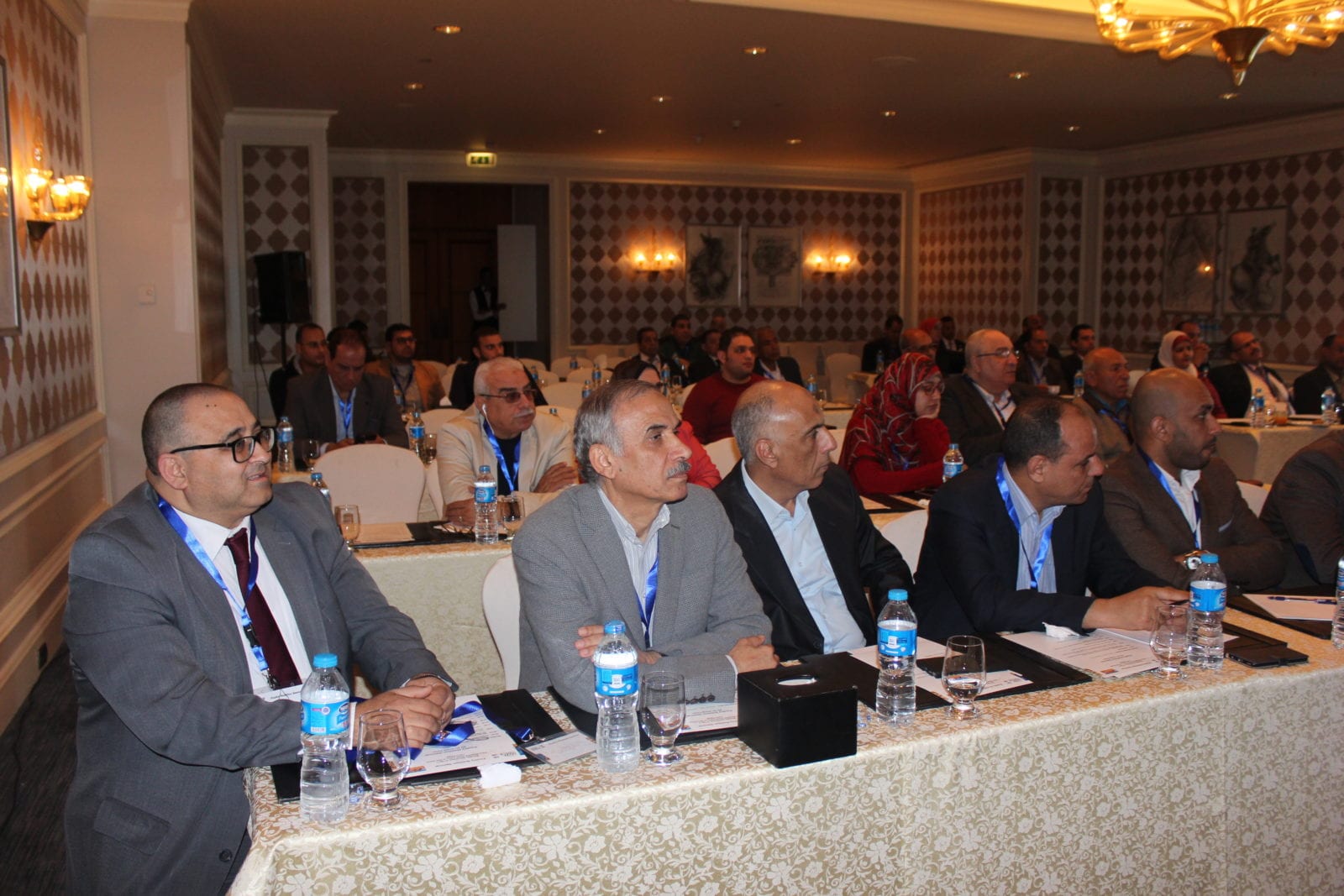USSEC Holds Poultry Nutrition Seminar in Egypt
- Category:
- General News

USSEC held the Egypt Disease and Nutrition Conference in Cairo on December 2 and 3.
Dr. Craig Coon, animal nutrition professor at the University of Arkansas, gave three presentations at the conference.

Dr. Coon’s first presentation, titled “Comparing Economic Value of U.S. Soybean Meal to Soybean meal from Different Origins in Broiler Diets,” demonstrated the extra nutritional value of U.S. soybean meal by utilizing formulated diets for Ross and Cobb broilers using breeder nutritional specifications for starter, grower, and finisher diets. Dr. Coon used 2015 and 2017 ingredient prices for the Middle East and North Africa for corn, soybean meal, and feed additives and presented information showing how increased digestible amino acids and higher metabolizable energy (ME) produced a savings in broiler feed costs and a savings in production cost. The final component of the presentation was showing the audience the improved margins provided when using U.S. soybean meal and selling broilers for both a wet market and a whole bird processed market.
The second presentation by Dr. Coon provided an update on ME and amino acid requirements for commercial layers, utilizing current studies that contained sections provided by staff members from Evonik, Maricus Van Krimpen of Wageningen UR in the Netherlands, and Fernando Guilherme Costa of Paraiba, Brazil. The work by Evonik and Dr. Van Krimpen was a meta-analysis of existing studies, and the work by Dr. Costa and his group was current layer amino acid requirement studies for both brown and white layers. Dr. Costa’s work was presented in the IV International Symposium for Swine and Poultry Nutrition in Brazil. The layer presentation also contained previous layer amino acid and metabolizable energy studies conducted by Dr. Coon.
A main point reached in evaluating the amino acid requirements by meta-analysis is the difference that is obtained when using different methods for describing digestible amino acid values and difference in amino acid requirements when using 100 percent of maximum response or 95 percent of maximum response. The second point is a continuing increase in the daily requirement of digestible amino acids for both white and brown commercial layers. The increase in digestible amino acid requirements is because of the annual increase in egg mass production that is occurring for both white and brown commercial layers.
Dr. Coon’s third presentation compared broiler performance for two different genetic lines housed in different environmental temperatures when using different amino acid and energy formulations. Dr. Coon compared two different methods of evaluating energy utilization with the broiler studies and showed two different methods of expressing net energy (NE). He discussed the value of the classic net energy system compared to Egypt’s current ME system utilized by the poultry industry but suggested an Arkansas NE system would be better for expressing true calorie value for feed energy. Modern broilers are protein-producing machines, and corn and soybean meal diets are highly digestible. The main value for the classic NE system is the ability to discredit diets and ingredients that generate wasted heat increment in digestion and metabolism that is not available for maintenance or gain compared to diets generating less heat. Because corn and soybean meal are highly digestible, the value of using a classic NE system for formulating feed for broilers may not be a large improvement compared to simply formulating with ME. Classic NE does not favor dietary protein and amino acids because of the increased heat released in nitrogen metabolism but classic NE favors fat deposition because of the lower amount of heat increment. The future will consist of feeding an increased concentration of quality dietary proteins along with synthetic amino acids to broilers going to market in a reduced amount of time. Energy efficiency is occurring for feeding the modern broiler because it takes less time to reach market weight, which decreases the maintenance energy requirement. Dietary ingredients will provide less NE in the future because of high production of body protein with increased concentrations of amino acids. Dr. Coon presented a NE system that will favor the genetic direction of modern broilers and their propensity to deposit large amounts of body protein. The Arkansas group measures heat production (HP) of broilers in metabolic chambers and shows that the NE for maintenance is increasing because of the body composition (increasing protein and decreasing fat) changes of the modern broiler. The Arkansas NE system utilizes the HP of broilers and converts the HP into NE of maintenance and utilizes the body composition change (gain of fat and protein) from feed using Dual Energy X-ray Absorptiometry (DEXA). The ability to combine NE maintenance, plus NE gain for broilers provides increasing recovery of ME calories when formulating with increasing amino acid concentration instead of decreasing the recovery of ME calories. The Arkansas NE system will also allow the broiler producer to show significant differences in energy recovery for broilers in less suitable environments and recovery differences in ME from different genetic lines.
